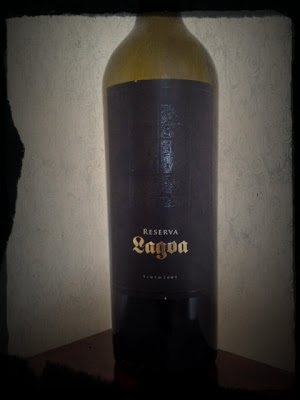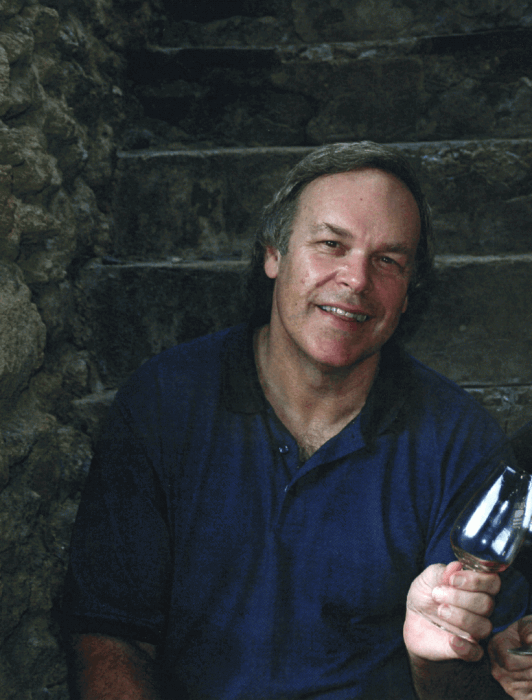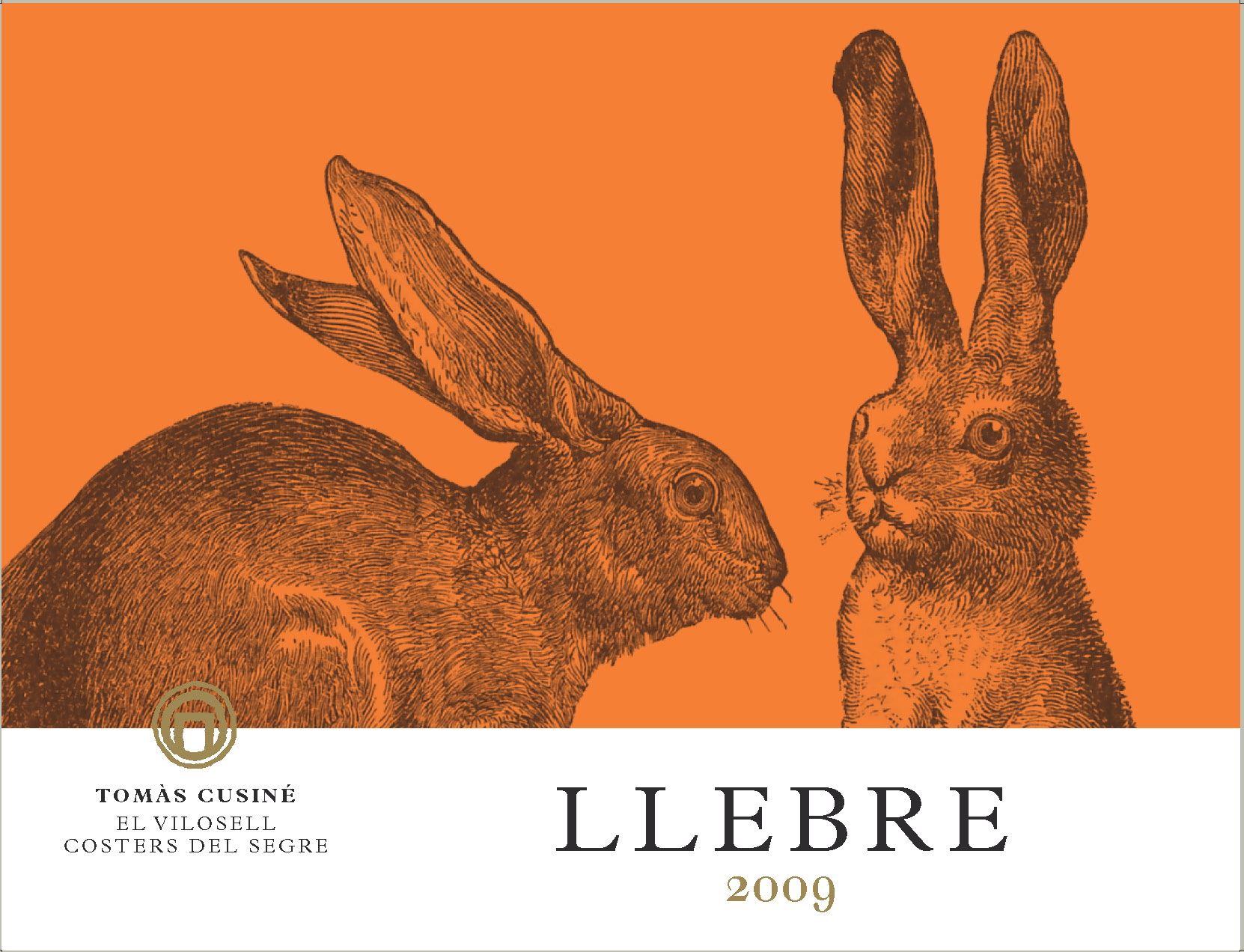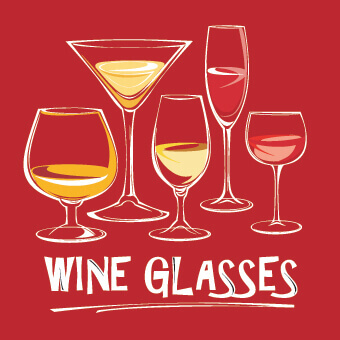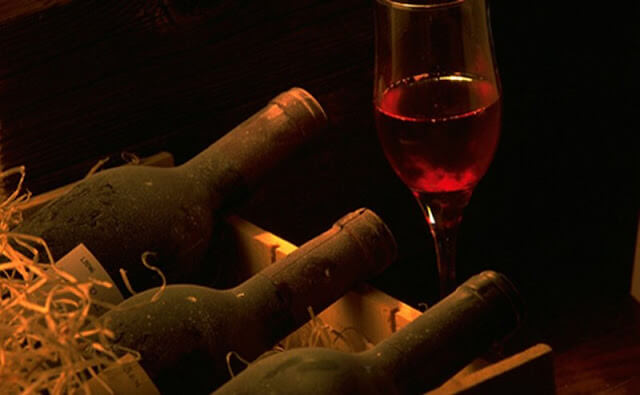Tasting CR&F Aguardente Velha Reserva
Another one from my trip to Portugal. Almost impossible, on holidays, don’t give yourself some treating! After those marvellous diners, divine wines and lovely desserts, the only things you need is a good expresso and a taste of a digestif! As I like to go beyond the standards, I surprisingly found this CR&F in a little restaurant in Lagoa. After having one at that night, I had to buy a bottle and do a proper tasting…
This Reserva brandy is made by Carvalho, Ribeiro & Ferreira (CR&F), in Vila Nova de Gaia, Portugal, the same place were Porto wines are produced. The first thing that comes to your attention is the bottle, a unique design and semi-handmade production which gives its own distinctive identity.
Very clear ob the appearance and showing a beautiful medium-amber colour, after allowing the alcohol aerate a little bit, the clean aromas of nuts, almonds, nectarines are quite pronounced. In the palate it reiterates the nuts, opening to hazelnuts and a medicine-like taste which could recall liquorice and juniper, in a very dry sensation, medium body and length.
A very good brandy aged for years in national oak barrels, it has soft flavours and rich and complex aromas. A well balanced and potent brandy!

